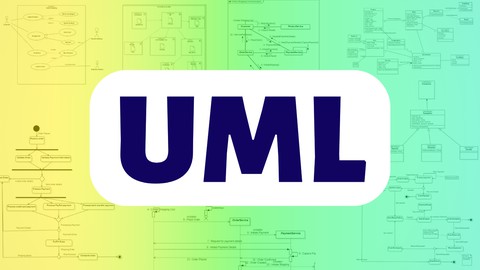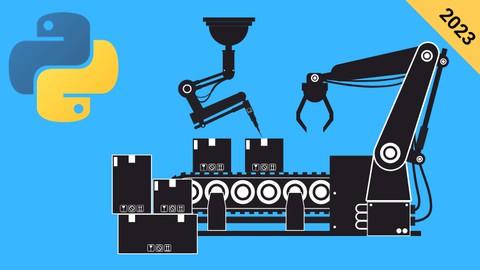VSD - Circuit Design & SPICE Simulations - Part 1
Loại khoá học: Design Tools
Learn how things got started in VLSI
Mô tả
So, you are a professional in VLSI, doing tons of tapeouts and accurate timing analysis.
OR, say, you are a student, who already went through my previous courses on clock tree synthesis, physical design flow and crosstalk,
But, sit back, and give it a thought "Have you done it all?" "Did you know, where does the delay of a cell actually comes from?" "We have learnt about delay models, but are the models accurate?" "How do you verify, if what you are doing in static timing analysis, is correct?" and many more.
These are some of curious questions we wonder about, but hardly find any answers. Even if we found the answers, as a passionate learner, we are still more curious to do some practical things on our own.
And, here's the answer to all of them. SPICE (Simulation Program for Integrated Circuit Emphasis). This course has answers to almost all questions that you might have as a serious timing analyst
So let's get started and keep those questions coming in the forum, and I will answer all of them.
See you in class !!
Bạn sẽ học được gì
Understand, in brief, Physics of MOSFET
Run SPICE simulations on your own and test your own circuits
Get better understanding of Timing Analysis
Learn VLSI from scratch to advanced (this includes my other courses as well)
Yêu cầu
- Basic understanding on Industiral physical design flow, clock tree synthesis and static timing analysis to get applications of this course
- Even if you are not aware of above one's, that's even better, you can start from scratch
Nội dung khoá học
Viết Bình Luận
Khoá học liên quan

Đăng ký get khoá học Udemy - Unica - Gitiho giá chỉ 50k!
Get khoá học giá rẻ ngay trước khi bị fix.






![Docker & Kubernetes: The Practical Guide [2024 Edition]](/uploads/courses/udemy/3490000_d298_2.jpg)

![Build your Own Self Driving Car| [Course 1 & Course 2]](/uploads/courses/udemy/2604490_0dfa.jpg)









Đánh giá của học viên
Bình luận khách hàng